What inspires the pieces that you make?
So, you know it’s interesting, my goal as an artist is to create worlds. I am a person who is most inspired by people, you know life experience, from the intimacy of the duet, the relationship to global issues – really people inspire me. I’ve learned over time, you know, that it’s about self in relation and that we exist in relation to one another and it’s about that delicate balance. So I look at the world – I look through a personal lens – and I try to create those worlds on the stage. At the end of the day, I am an optimist. Due to the current circumstances, it’s very challenging right now. I try to create the worlds that I ultimately want to live in. My process is as important to me as a product, and showing the world as it is and the world as it could be. That is sort of the essence of my work. All my pieces could look extremely different, I mean very different worlds, very different music. I said to the dancers: “I think at the end of the day, I am still trying to build unique, powerful, individuals and communities that exist positively in relation to each other that understand how inexplicably linked we are, despite our uniqueness.” So, in the end I think all my work is actually about that.
And basically, everything that defines who I am, really comes from my fundamental experience of being childhood survivor of the holocaust and my sense of justice, my sense of the value of each human life, my sense of the belief that we are unique individuals … relation. The belief that every human being has the fundamental right to exist, to flourish, to reach their potential and just the value of uniqueness of culture. And yet, first and foremost I think, as unique and different as we are, I really do focus on our common humanness. And those things drive my work. That’s what I’m looking for when I make work that’s abstract I look for the human content – when I make work that’s more narrative, I’m looking for the abstraction in metaphor.
What is the hardest thing about your job in general?
I think the hardest job is finding the multi-facets of an idea and not looking to didactically say, this is what you should do. It’s finding movement metaphors. I’m a structuralist, so I’m not just looking at the movement that’s created, I am looking at the arch, at the journey that I take the audience on within a piece, within an evening. I’m looking for revealing facets and so it’s really digging a little bit deeper, taking an idea. You know I just made a dance about love… There’s so many facets and ideas about concepts and how they interweave and where they lead to. And sometimes I have an idea where I’m leading to and other times I have no idea until it’s emerging. So I think that’s the hardest job – it’s in the details and the specificity that we find universality. So that always strikes me as the paradox. Dance is life to me, Armando, so everything I say is about life, so it’s not just about dance. Think about it, the more we share those common groundedness, the more freedom we have within a construct to be who we wanna be.
Who was the person who influenced you the most?
I mean I grew up as a kinda jazz-tap-baby, you know went to a local studio, I grew up in suburban Detroit and loved to move. I loved jazz, I loved to take space, rhythm. Then I saw Doris Humphry’s Passacaglia in C-minor. It was a college production at the University of Michigan and I fell in love. There was something about the balance of the duet and the individuals and community and breath phrasing and musicality and the architecture and I thought, that’s what I want to do. And of course I fell in love with Jose Limons work and movement.
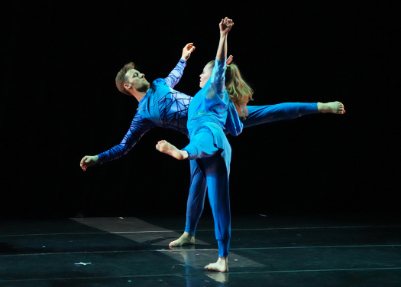 Carolyn Dorfman Dance NOW by Steven Pisano
Carolyn Dorfman Dance NOW by Steven Pisano
Did you always want to do what you’re doing now?
I can tell you, no. Actually, what I wanted to do when I went to the University of Michigan, was go into dance education. I actually wanted to be a college professor, which I ultimately did. I went through my BFA in dance, I got a teaching certification with a minor in psychology at the same time, and went on for my MFA cause I wanted a definitive degree. In the process of choreography, which really – for me growing up – the first one who has asked to choreograph anything was at college. I really didn’t choreograph as a young kid, well in High School I did the musical, so I guess I was starting there. But it was really the dialogue of creating and it was really the dialogue of teaching that I began to find this connection. Because even when I was creating a movement on my own body the creation of work was a dialogue with every dancer in the room – like if you were in a room with me – the dance I created would be of us, it wouldn’t be of Carolyn. Because it’s about that dialogue in creation. So, I began to see the facets of dancing, and that’s when I learned to create and learned in composition classes. I began to get very hungry to speak through dance. That was when it started.
What’s your favorite choreographer?
They have to be all contemporary I suppose – I do really like Camille A. Brown’s work. There is a certain dedication and a focus to detail that I love about her. I’m still driven in many ways by the masters to be perfectly honest. I think Jose is still my favorite choreographer. Doug Elkins is someone I like. You know, I love different genres and it’s kinda hard for me to decide. To me it’s finding people who take us on a journey. There are pieces that live with you through time and the ones you kinda grasp on and remember. But I can’t say all of my favorite choreographers, it’s more about favorite works. There are pieces that I loved by David Parsons or Larry Kegwin … I mean David Parsons Caught is beautiful. You know there are these gems. I’m more about the work.
What’s something you like to do other than dance?
I really like to read. I read a lot of non-fiction and a lot of it has to do with political or psychological themes…in my next life I’d be a psychologist. I feel like my minor is in psychology. My focus on education and of course dance as my major all have made me a better choreographer, human being and educator. You know, even my dance company, they all are facets of the diamond that is you, right? I don’t teach because I don’t have a choreography gig, I don’t choreograph because I don’t teach. They are all valuable. They are all parts of who I am. I learn, I get better at one because I do the other. They feed each other in that way.
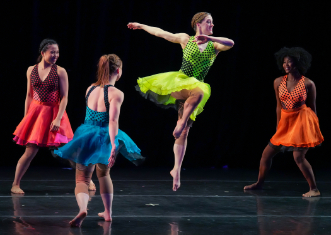 Carolyn Dorfman Dance PRIMA by Steven Pisano
Carolyn Dorfman Dance PRIMA by Steven Pisano
I like dancers who …
…move from the inside out, who create from the inside out and are always taking in information, synthesizing it within their own artistry and bringing it back. And dancers who really get that instantly – like to me you train the instrument, the thinking, breathing creative human being who plays that instrument existing in community on day 1… beginning of class through creating movement, learning movement, performing. It’s all in the same time period. So I am looking for dancers who instantly bring themselves to the work from the inside out.
I am afraid of…
… when the dancers go away, the work doesn’t exist. There’s a fear that the work just dissolves. Because the work is about dancers doing it and speaking to an audience.
I’m also afraid that the world is falling and that in this country we’ll lose our democracy and all that other stuff. And you know, that we are going back into a backlash that is worse than post-reconstruction. There you go. I’m also afraid of what’s happening in the world.
What’s one of the happiest moments in your life?
I have a lot of happy moments. I think, first and foremost, meeting my husband who I have been with for 49 years and we met when I was 18 years old at college. That was probably one of the best things. I have two adopted daughters. But one of the best things – when I really thought I made it as a choreographer at a dance company – was when I could rehearse during the day. I get hired dancers and pay them to rehearse during the day. Like I get a real job and provide workers compensation. You know, I used to work all day, teach college from 9am-5pm, drive home an hour then rehearse from 7-10pm. You know I did that for a long time so when I could really claim that as my primary work and pay dancers a wage and to be able to support them. That was really thrilling to me.
What are you currently working on?
I am thrilled to be working on a piece called The Attitude of Doing to the music both to live and recorded sound by the jazz extraordinary Regina Carter. Regina is a brilliant jazz violinist and in fact I wanted to name the piece Suite Regina and she would never let a piece be named after her. It’s just not who she is. The work draws from many of her albums. It’s about love, life and community. That’s what Regina’s about. It’s about using her music to speak, to communicate, to connect disparate communities and to just speak truth about human stories. So our goals are totally aligned. So as an artist I am always interested in welcoming people in and allowing them to go to maybe a deeper, darker place and then in the end I am going to bring you up again with hope. I mean we have an impact on each other, there’s this great quote by Paul Stegner that says: “There’s a sense in which we are all each other’s consequences.” That is a driving force for me. Which is why this premiere on November 16th at NJPAC is pretty thrilling.
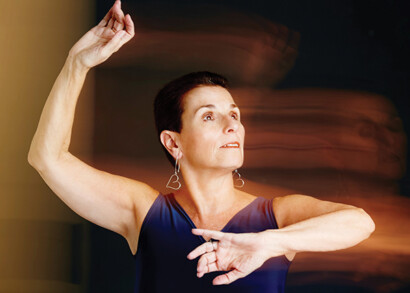
Carolyn Dorfman Dance by Whitney Brown
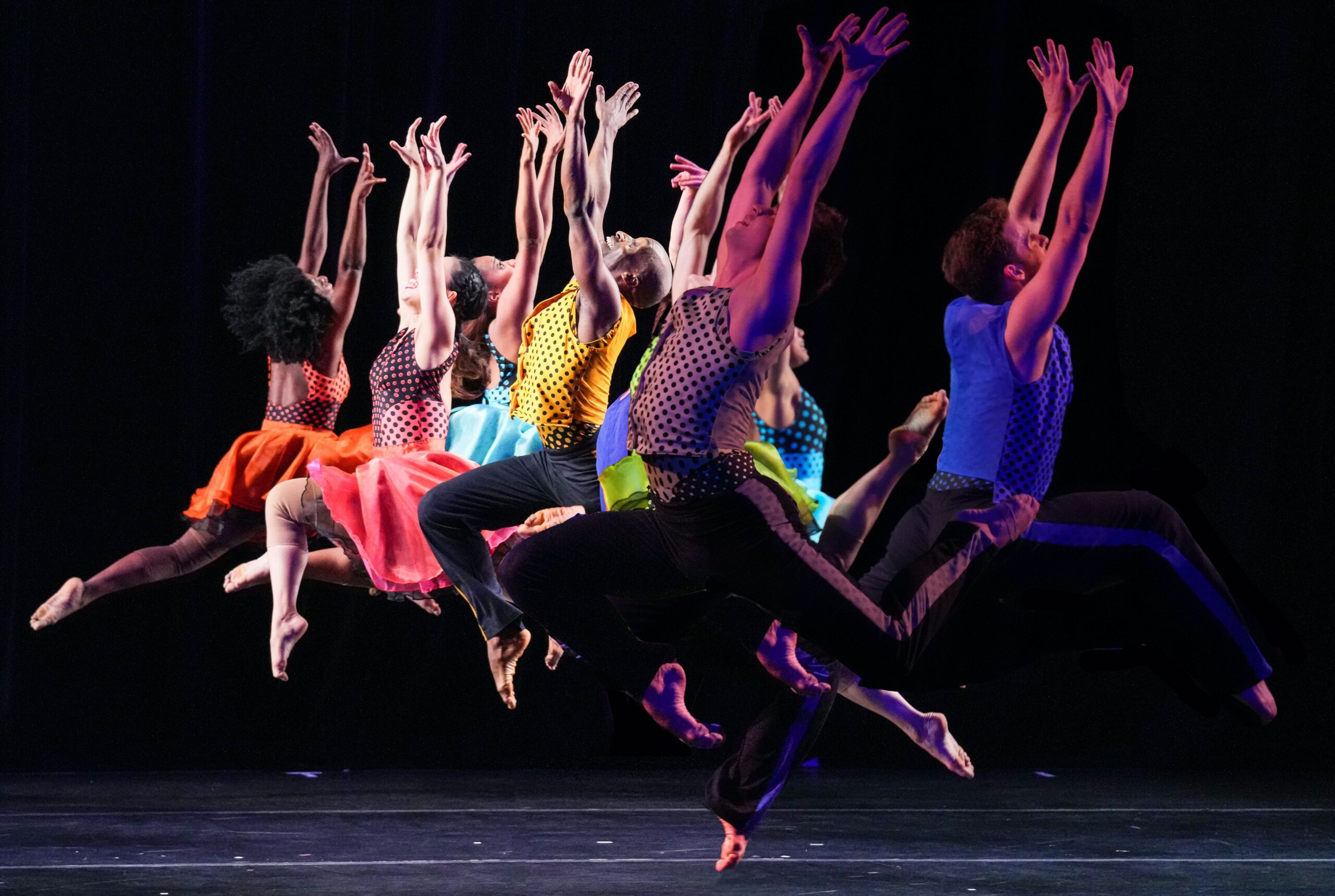
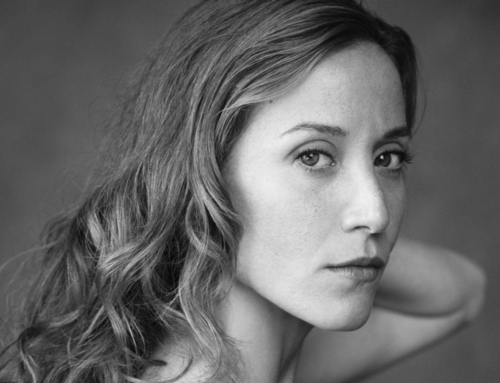
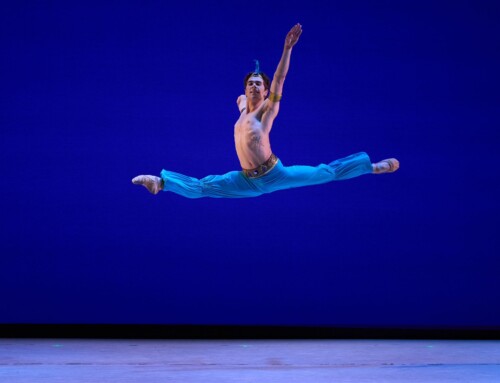
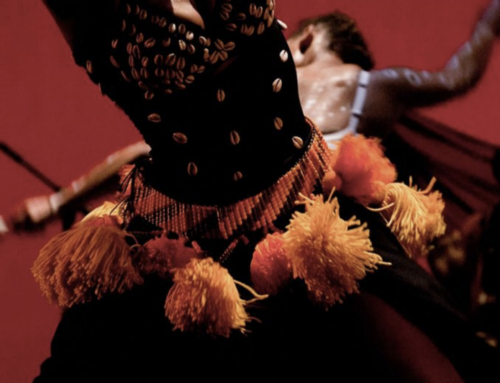
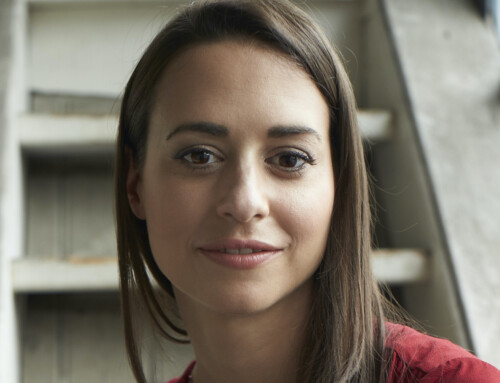

Leave A Comment